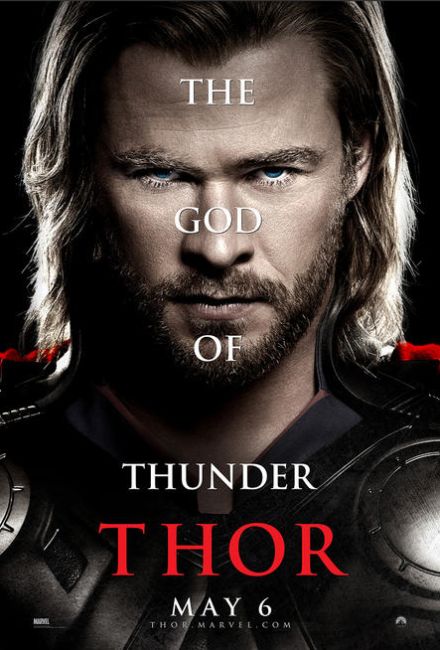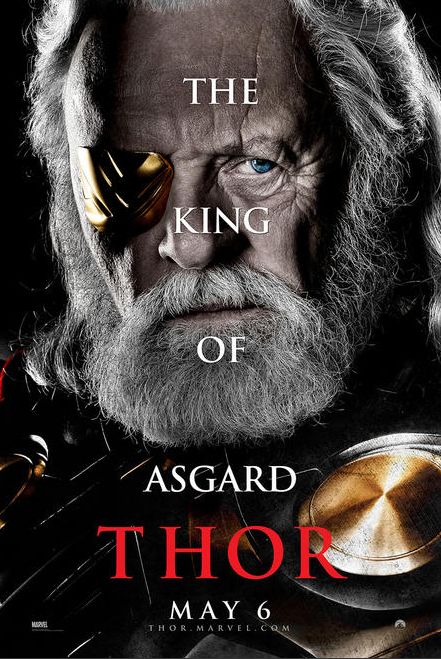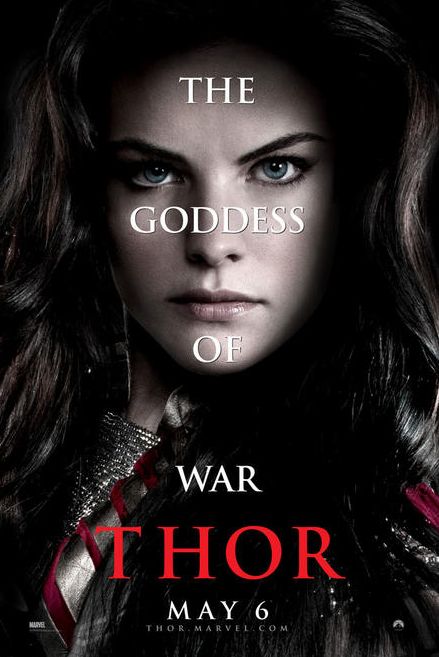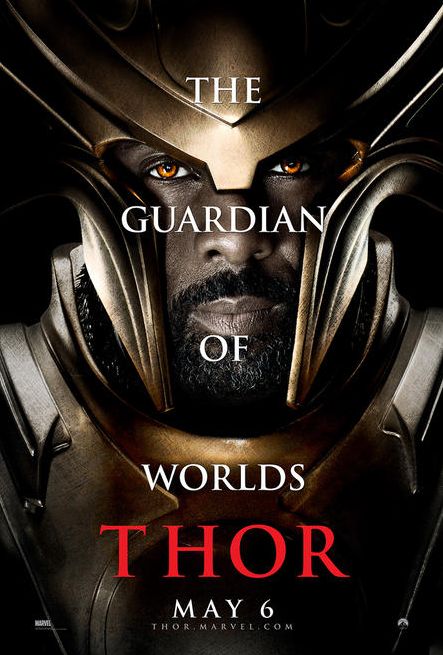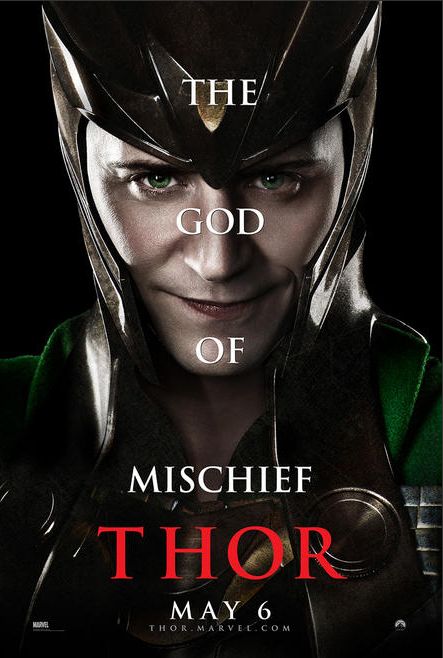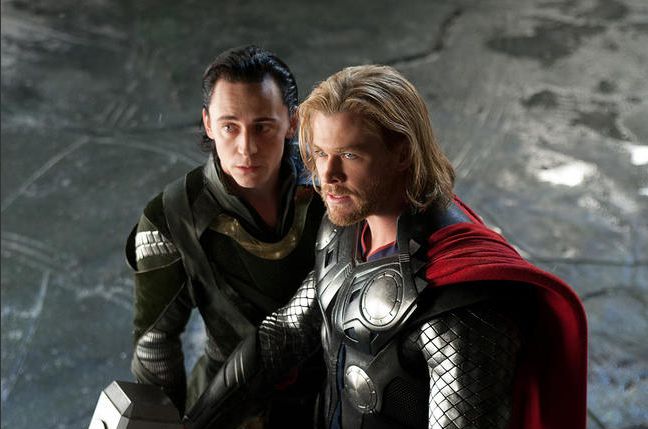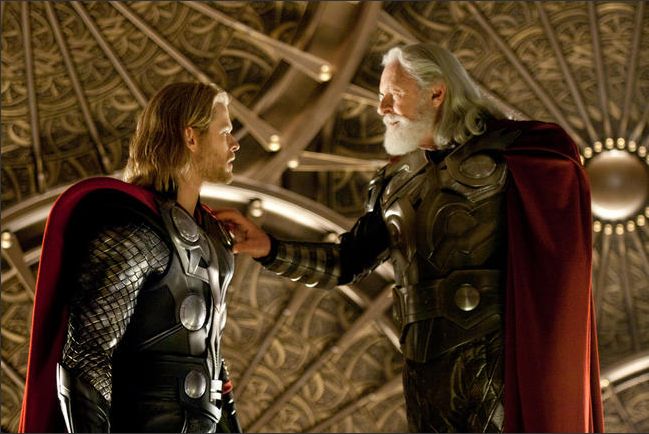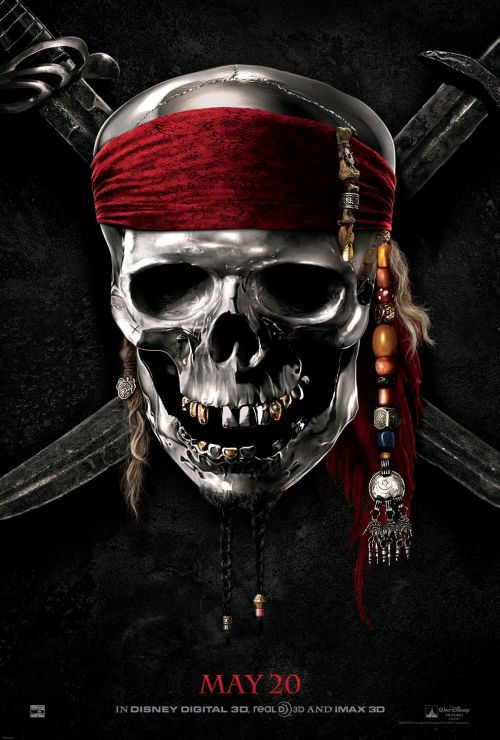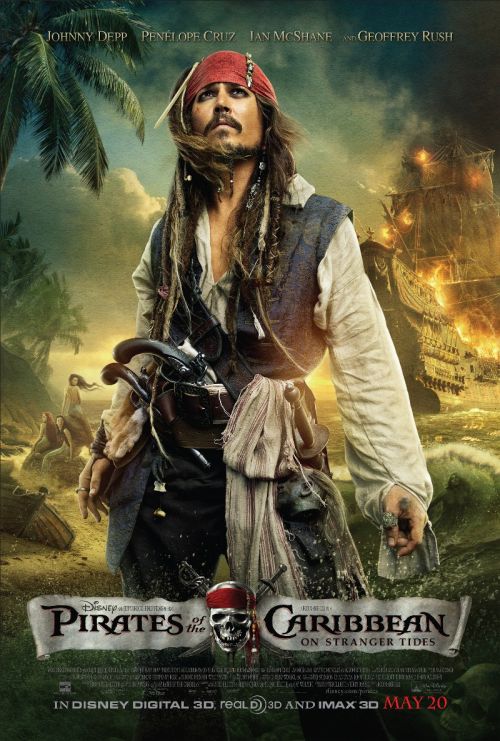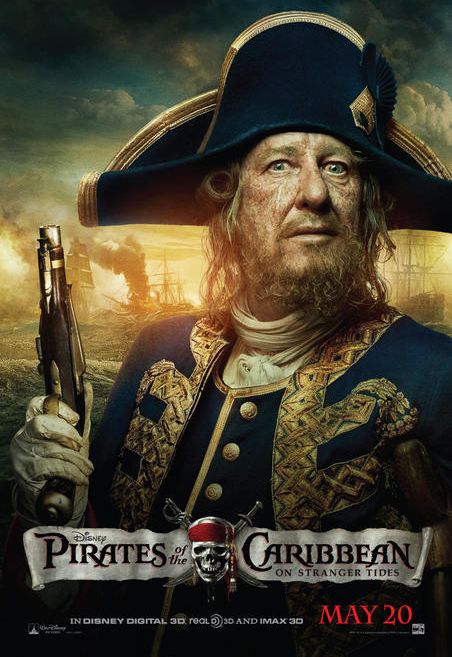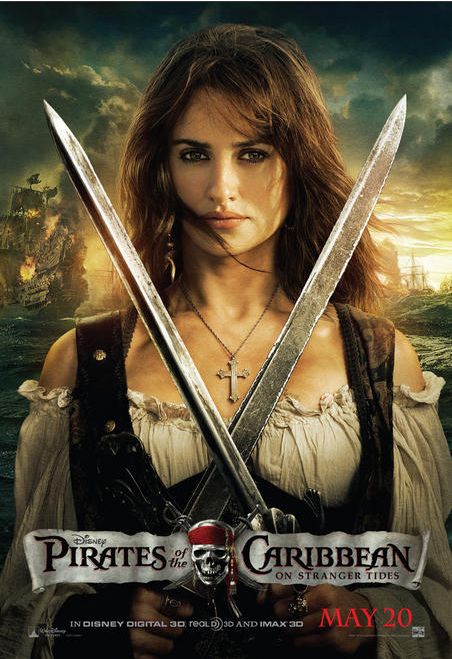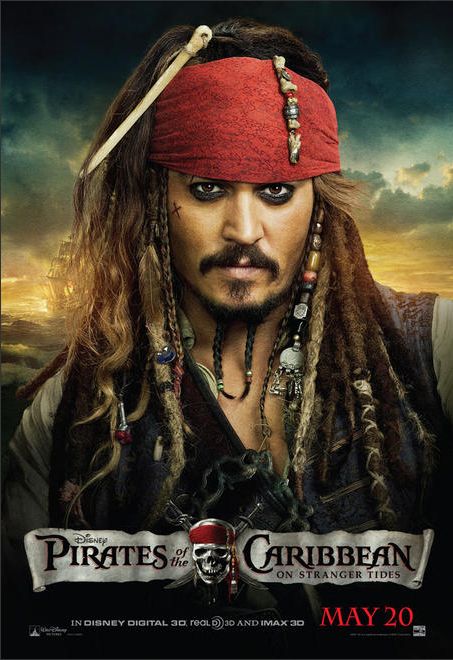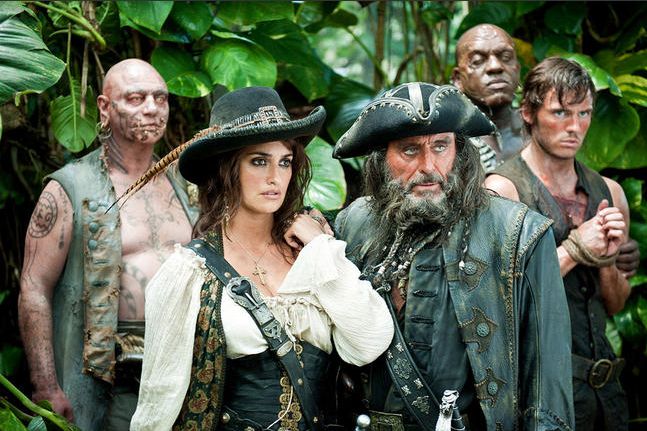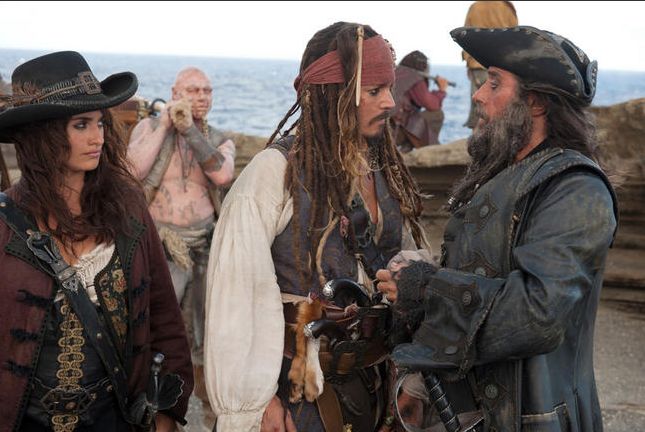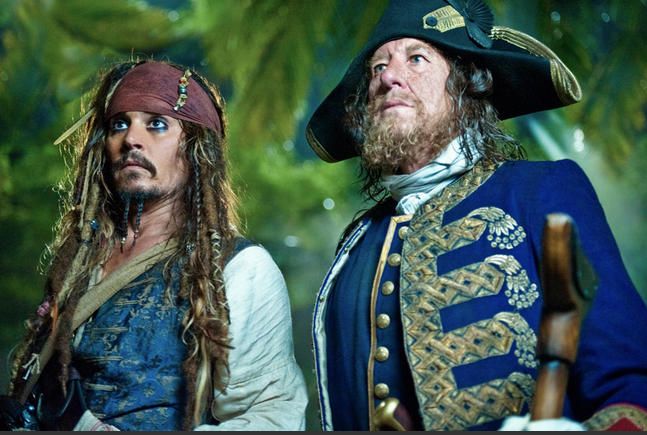 Microsoft has released its Windows 8 Developer Preview operating system, for PCs and tablets, to the public as a free download.
Microsoft has released its Windows 8 Developer Preview operating system, for PCs and tablets, to the public as a free download.This is the same software which Microsoft gave to developers on prototype Samsung tablets this week at the company's Build conference in Anaheim.
And while this pre-beta version of Windows 8 is not close to ready for consumer consumption, and meant to be used by developers who are looking to make apps for the desktop and tablet OS, anyone can download the software -- no developer registration or anything like that needed.
The move to release Windows 8 so early on can be seen as a testament to just how much Microsoft wants, and needs, developers to get into building apps for the new OS before it is actually released as a retail product that will compete on tablets against Apple's iPad (running iOS) and Google's Android software.
Steve Ballmer, Microsoft's chief executive, made a surprise appearance at Build on Wednesday and touted 500,000 downloads of Windows 8 overnight as a testament to developer interest in the new platform, according the tech blog This Is My Next.
Microsoft has made available three different versions of Windows 8 for download (two versions built for 64-bit systems which use new processors and can make use of more RAM, versus older 32-bit PCs that use earlier chips and less memory), which all show up as an ISO file when downloaded.
The three versions also vary in size and as an ISO file will need to be downloaded and burned to a DVD or installed on a bootable USB drive before being installed (Microsoft, of course recommends using Windows Disc Image Burner on Windows 7 to get the ISO file onto a DVD).
The three versions, all in English, are:
- Windows Developer Preview with developer tools, 64-bit: A 4.8-gigabyte download, this version includes Windows 8 Developer Preview operating system with a Windows software developer kit for Metro style apps made up of Microsoft Visual Studio 11 Express and Microsoft Expression Blend 5, as well as 28 preview apps.
- Windows Developer Preview, 64-bit: A 3.6-gigbyte download, this version is made up of just the Windows 8 Developer Preview OS and the 28 preview apps -- no added developer tools
- Windows Developer Preview English, 32-bit: The smallest of the bunch, this 2.8-gigabyte download includes the Windows 8 Developer Preview OS and the 28 preview apps.
Since this is a preview version of Windows 8, it still has plenty of bugs that need to be fixed. This isn't yet even a beta release and not polished enough for the mass market. So if you're interested in downloading this early release, it might be a good idea to install it on a spare PC rather than your main computer. If you only have one computer, do consider the risk here.
Microsoft has said that all Windows 7 apps should work in Windows 8 on desktops and laptops, but there are no guarantees that will hold true at this point given the OS is in development.




